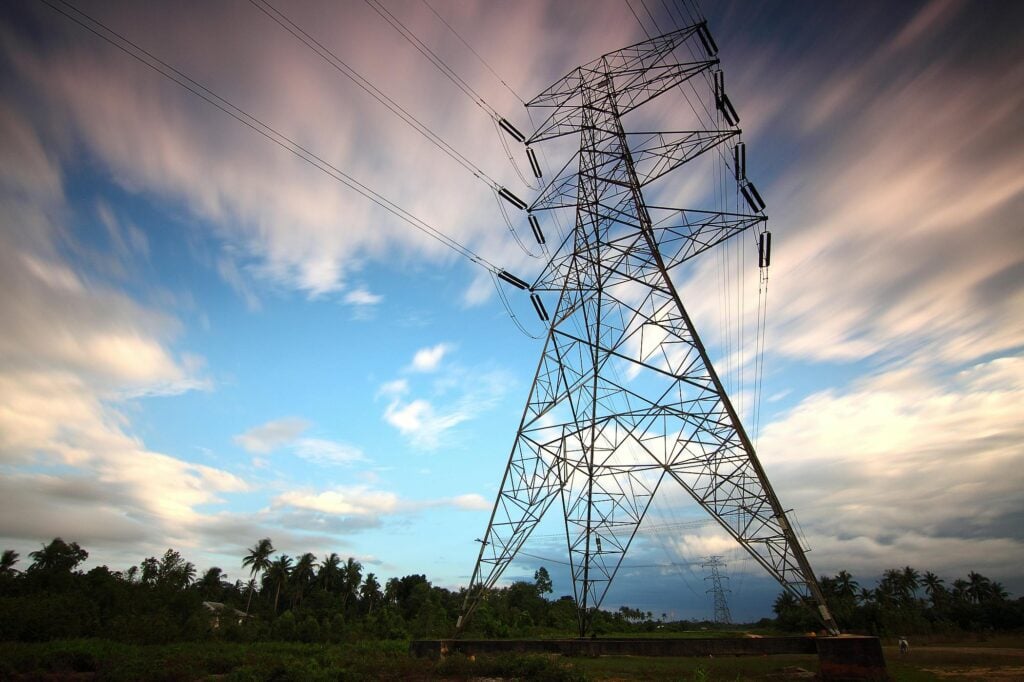
Building Smarter from the Start
December 15, 2025
At Brookbanks, we know that time and budget are often the defining factors in any project. That’s why we focus on delivering timely, value-driven outcomes through smarter design strategies.
Are you struggling to understand your Electric Vehicle Charging Point (EVCP) requirements?
Helpfully, the Department for Levelling Up, Housing and Communities (DLUHC) has released new FAQs, with some worked examples to explain!
Here at Brookbanks, we can help advise you with our bespoke Sustainability and Energy Statements that include information on EVCPs, and bring together other reports that highlight the credentials of your scheme. We’ll work closely with your planners, master planners, ecologists, and building design teams to ensure everything is properly considered.
We can also advise on electricity demand, connections, and upgrading works, using our substantial experience dealing directly with Distribution Network Operators (DNOs) and Independent Distribution Network Operators (IDNOs). We will be there every step of the way to ensure the right capacity is delivered on time and on budget.
Please contact Richard Boyle for further information.




At Brookbanks, we know that time and budget are often the defining factors in any project. That’s why we focus on delivering timely, value-driven outcomes through smarter design strategies.

Attendance at the IHEEM Healthcare Estates Conference 2025 in Manchester offered critical insights into the evolving landscape of NHS estates management and engineering, with a renewed focus shaped by recent government funding allocations to this sector. The event’s 2025 theme, “Prevention Is Better Than Cure,” resonated across discussions, placing proactive strategic planning, compliance, and innovation at the heart of future estates improvement, particularly regarding net zero commitments and sustainability.

In our latest podcast, Grant Vasey, Director for our Mechanical and Electrical Engineering Group, and Mat Capper, Director of Utilities, delves into one of the most pressing challenges facing UK industry today: Industrial Energy Security.